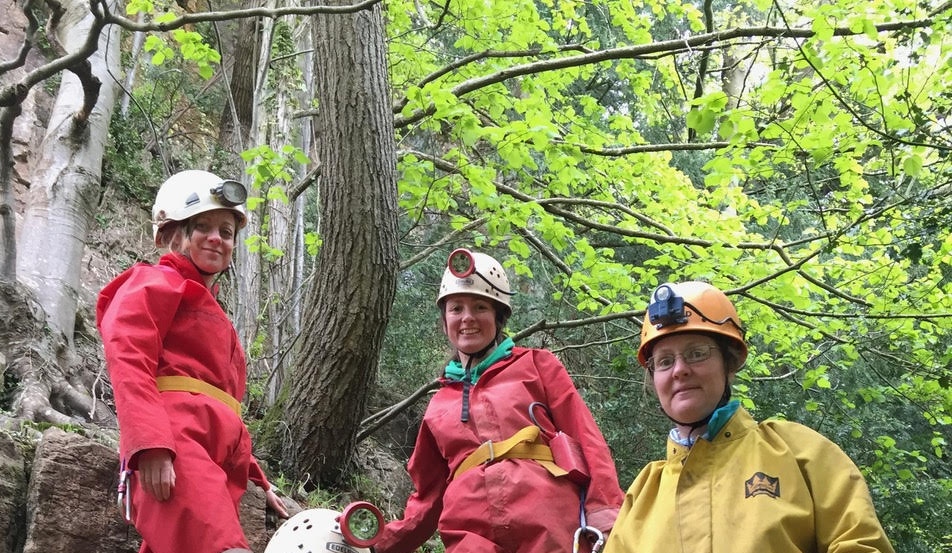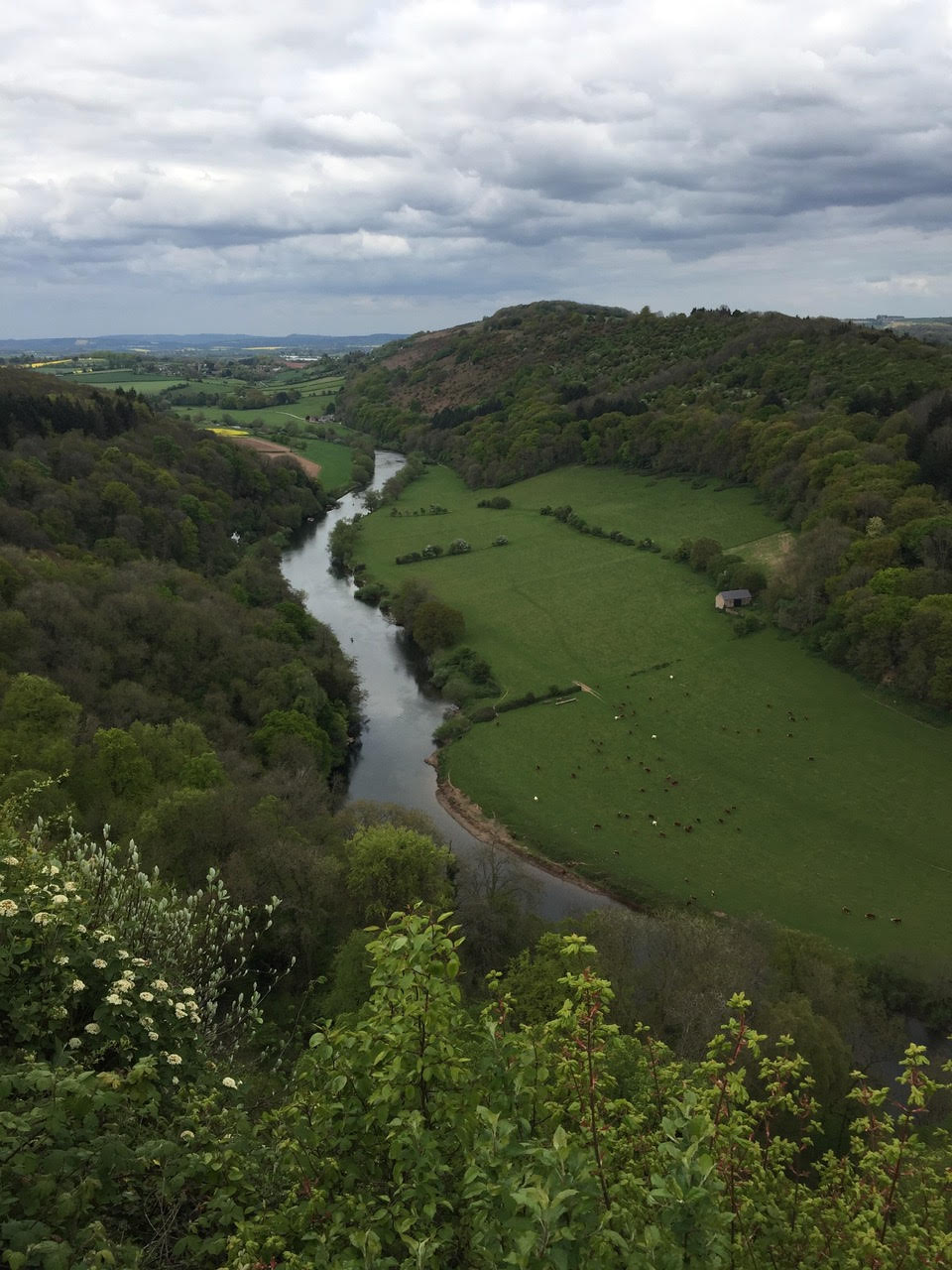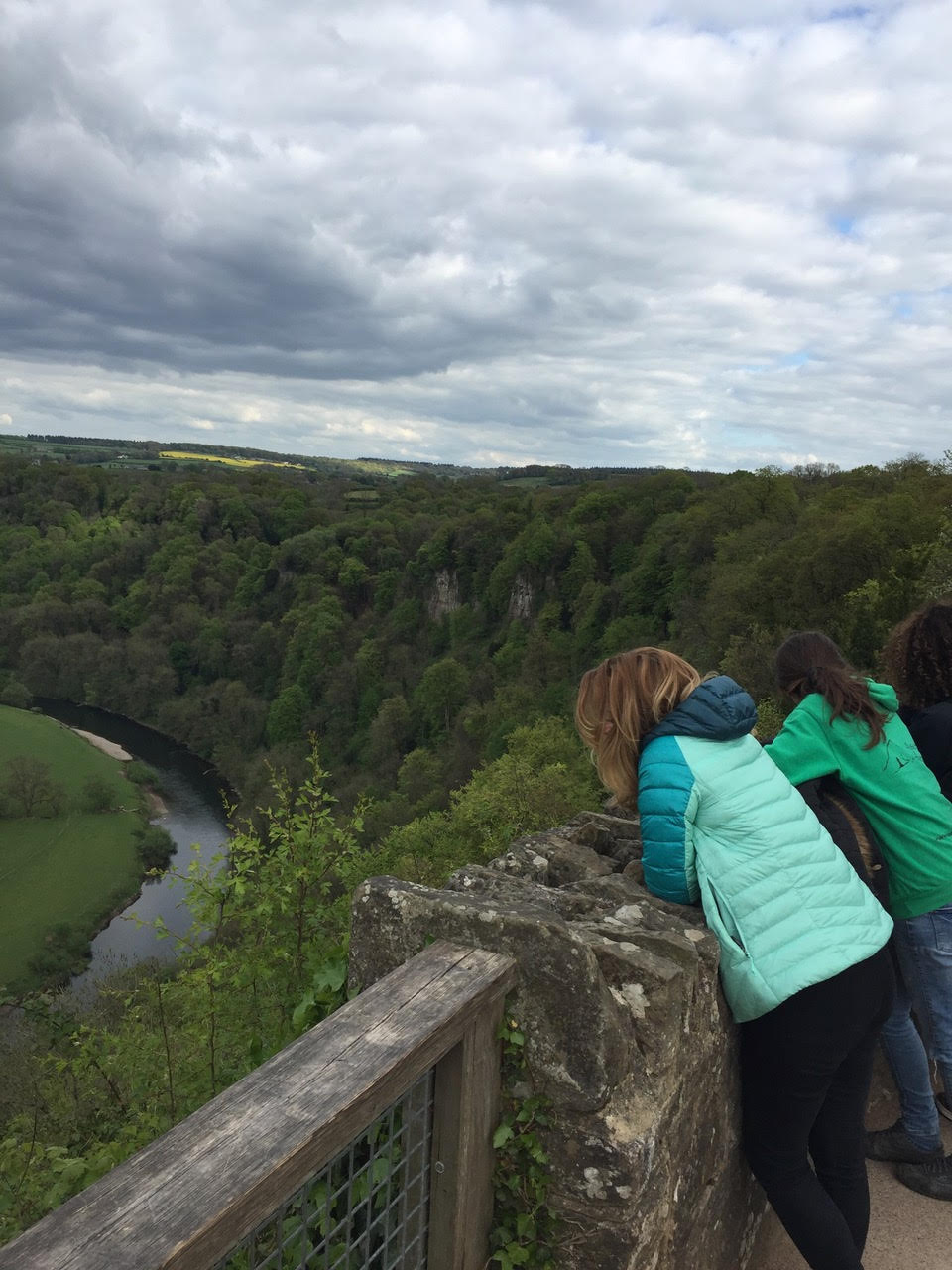“In every walk with nature one receives more than one seeks.”
I’ve just had a really interesting weekend exploring what outdoor and adventure therapy might be and was it a direction that I might like to take my own work as an expedition leader and International Mountain Leader. It was great fun, very informative as well as experiential and sociable.
Stephan (Natynczuk of My Big Adventure http://www.mybigadventure.org.uk/) who set up and led the weekend is organising several further events and I would really encourage anyone interested in this field to go along and find out more for themselves.
I found this event a great opportunity for sharing stories and experiences of the outdoors as a therapeutic environment and although I have no experience as a therapist, I do value ‘my office’ and all that it offers as a therapeutic asset. I was particularly keen to discover what it might take for my own practice to qualify it as outdoor and adventure therapy. As an outdoor professional I loved that the weekend included a very practical and physical aspect with a trip to Symonds Yat and an exploration down a cave there. As with all ventures outside I am never disappointed and they are always worthwhile. In terms of exploring the therapeutic value of caving it was good because it took me out of my comfort zone; I am not particularly fond of caving; and it enabled me to understand a little from the client perspective but then also to explore the role of the leader/therapist.
A big part of the weekend was meeting the others and finding out their different approaches to Outdoor and Adventure Therapy. There was a counsellor who also does a lot of outdoor work with the Duke of Edinburgh’s award and saw an overlap between these two disciplines. There was a director of an outdoor company in Norfolk, “believing whole-heartedly that adventure in the outdoors has the power to transform”. Another was undertaking a Diploma in Solution-focussed Therapy and had a personal passion for outdoor adventure and was assisting Stephan in taking a young female client into the outdoors. And a psychologist, undertaking research to support outdoor and adventure therapy with little outdoor experience but belief in it.Symonds Yat is a stunning location with the River Wye meandering at the bottom of a very steep-sided and wooded gorge. The cave was easily accessible under the competent guidance of Stephan – to add excitement we had to negotiate a narrow ledge with a very considerable drop on one side. Stephan protected this with a rope to which we each in turn clipped via a cow’s tail, but this was done without drama and was simple enough.
My initial nerves were soon put to rest with a quick circuit in a practice cave necessitating hands, knees, and at points belly crawling, reminding me that it was all quite do-able and I would be fine. The main exploration involved more passages that needed crawling along interspersed by larger chambers where we stopped and gathered ourselves and our thoughts together. In one of these chambers we took some time to switch off our headtorches and explore the silence in the dark. Eventually, we exited the cave via a different entrance from the one we had entered via a final twisty squeeze before popping back out into fresh air and daylight.
All the while during the activity underground, it was interesting to notice the different aspects of our surroundings: the coolness of the clay under our hands as we crawled along, to see the shiny wet and smooth areas where limestone had been re-deposited, forming stalagmites and stalactites; in some chambers it was clear that ceilings had collapsed long ago as boulders there were jumbled up and scattered around; the silence underground was bliss in contrast to the busy-ness of the car park and rock-climbing going on outside.
We saved our discussion of the activity until the next day and instead enjoyed the companionship of a cup of tea and then wandered over to the lookout on the edge of the escarpment, way above the river valley, with the tiny cows below and the nesting sites in the caves across the way, and the trees and hillsides of the surrounding countryside. We all got on very well and there was plenty of discussion and chat in the car both to and from the activity. Having helped put away the equipment, we then went our separate ways for the evening.
The next day during our discussion I was very interested to understand how therapy might take place during such an activity as caving and for us all to identify when moments for disclosure were most likely. We also explored how the ultimate need for safety could jeopardise the client-counsellor relationship if not negotiated carefully and if expectations and contracts had not been set up properly beforehand. Was there a clear distinction between the activity leader role and the therapist role; or was there a smooth transition between one and the other; or was there overlap or concurrent behaviour?
In addition to our experience of the cave there were tales from Stephan and others about occasions when the very nature of the environment really helped the nature of the therapy experience. For example, a narrow valley opening up into a big wide vista that took a child from a time when his behaviour would dominate the situation to a time of awe that allowed a mind-shift that created an opportunity for the development of more positive behaviour. Or another example where the landscape cocooned the campsite and its welcoming fireplace and the cooking that took place over it, creating a safe place to talk and let go of previous experiences.
Later on we also explored the scope of setting up an organisation for outdoor and adventure therapists to share knowledge and experiences and to network. Hopefully this would ultimately become a professional body which could formalise the process of becoming an adventure therapist and promote the practice of adventure therapy.
I found the weekend great fun; I love finding out more about other people and what they do as well as reflecting on how it might inform my own practice. I thoroughly enjoyed the opportunity to get out and go caving together and I was really interested by what Outdoor and Adventure Therapy might mean. By the end of the weekend I understood a lot more about counselling; not least that there many different approaches and ways to become a counsellor and to practise counselling.
Ultimately, I think that for me, becoming a counsellor is probably not the right path. Instead I see my role as offering people the opportunity for increased well-being, accompanying them outdoors and undertaking adventures and expeditions and in so doing discovering and experiencing its intrinsic mindfulness and sense of well-being. A more preventative approach, maybe?
Links:
http://www.mybigadventure.org.uk/









